What will he make of a project he has not been involved in? Will he show up incognito? If he doesn't approve, will he make his displeasure known on the walls of Rome?
The collection of more than 100 Banksy paintings, prints and sculptures sourced from private collections around the world is being billed by organizers as the first time such a large collection of the artist's work has been brought together in a curated, museum exhibition.
Entitled “War, Capitalism and Liberty” it runs until September 4th at the Italian capital's Palazzo Cipolla.
The organisers are a private, not-for-profit foundation who readily admit that Banksy is not associated in any way with an exhibition being staged in the kind of mainstream art venue he has long shunned.
Perhaps because of that, the exhibition includes a wry nod to the artist's views of the art establishment.
The first work visitors come across is a print of Banksy's image of an arthouse auction with bidders competing over a frame carrying the slogan “I can't believe you morons actually buy this shit.”
'Badge of self-serving mediocrity'
In rare interviews, Banksy has described himself as conflicted over the impact the high value of his works may have on his integrity, and the need for all artists to sell their output to survive.
“When you look at how society rewards so many of the wrong people, it's hard not to view financial reimbursement as a badge of self-serving mediocrity,” he told New York's Village Voice in an email interview in 2013.
But according to London gallery owner Acoris Andipa, one of the curators, the Rome exhibition demonstrates that the Bristol-based artist has always been willing to sell his work to well-heeled buyers.
“Oh heaven, he has always been commercial because that is how he puts food on his plate,” Andipa told AFP on the eve of the opening.
'He'll have a giggle'
The dealer said it was important to distinguish between site-specific Banksy works removed from their street settings to be sold, and works he had himself sold or given away.
Asked what he thinks Banksy would make of the exhibition, he quipped: “I have no idea – you will have to ask him.
“You could be him for all I know. I would imagine he will have quite a giggle.”
Andipa was an early spotter of the likely future value of the “romanticism, immediacy and poignancy” embodied in Banksy's creations and way of operating.
“If there is one thing that defines him it is intelligence. He is very intelligent, and his artwork is very intelligent.
“Each piece contains its own moral or social story, sometimes through humour sometimes through a bittersweet pill to swallow. At the end of the day he is a very smart individual.”
Emmanuele Emanuele, chairman of the foundation hosting the exhibition, said it demonstrated how Banksy had addressed three central themes of 21st Century life.
“War, the changing nature of capitalism and the fight for individual liberty – this is what is radically changing the face of our society.
“His art tells us that if we throw flowers, instead of bombs and deadly weapons, probably life would be better,” he said in a reference to one of Banksy's most emblematic images – a youth throwing flowers in the manner of someone launching a Molotov cocktail.
Andipa said he had owned or sold most of the works on display – and that he had no trouble persuading the owners to lend them for the exhibition.
“A lot of these pieces are here because of a few lunches and telephone calls,” he said. “It was a miracle. What you see here came together in a matter of weeks.”

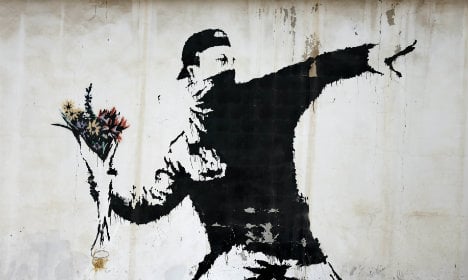
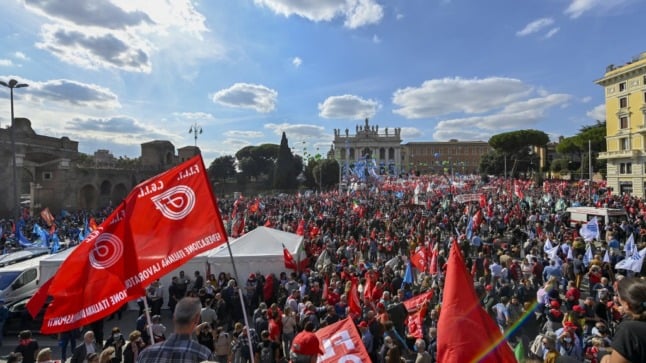
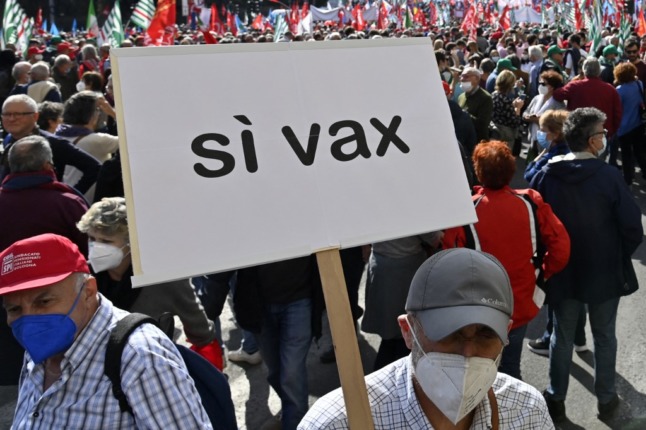
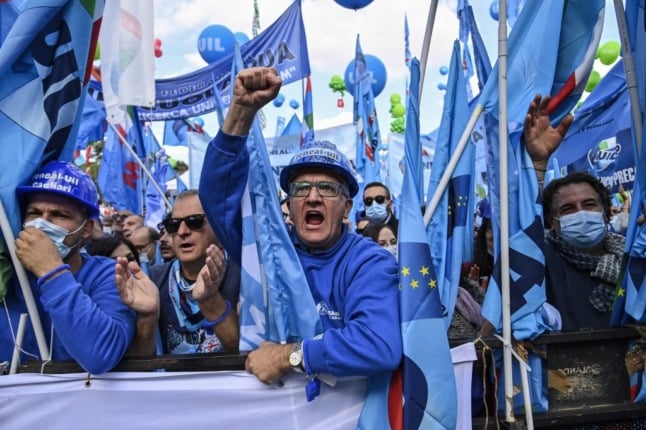
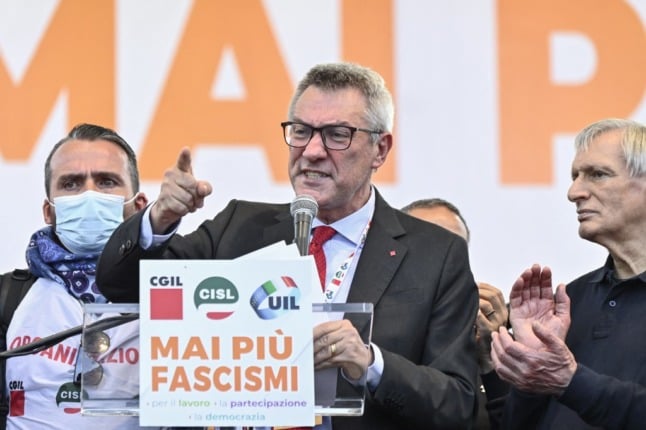
 Please whitelist us to continue reading.
Please whitelist us to continue reading.